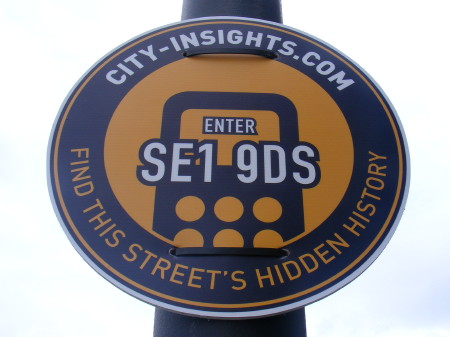Location-Based Shopping: Can shopkick Keep Kids in the Mall?
The much-hyped and long-awaited shopkick app launched yesterday with a press event at an American Eagle store in New York's Times Square. The location-based shopping service, which lets users earn rewards for in-store activities, already has big brand partners including Best Buy, Sports Authority, Macy's and Simon Malls.
Here's how the app works:
- Open the app in a participating store, and it automatically delivers the user "kickbucks," which can be redeemed for free stuff from partner merchants.
- Users can collect more kickbucks for trying on clothes and scanning a barcode in the dressing room (at American Eagle, at least) and for scanning the barcodes on other specified products.
- The app will also show current offers taking place in the store -- some are for anyone and some are unique to shopkick. Clicking "use this offer" will show the user a code they can present at the register.
- shopkick can also deliver personalized offers bases on past user behavior (which is what Barcode Hero is also attempting to do.)
- Users can also earn kickbucks for visiting non-participating retailers, they just won't get any special in-store deals.
Unlike some other location-based services, shopkick is leading with a business model. They are all about immediate monetization: The idea is to translate performance-based online revenue models into the real world. Cost-per-click becomes cost-per-visit. It also closes the loop between promotion and purchase, tracking precisely who took action on an offer or, in marketing speak, how many "conversions" there were. Retailers only pay when people go to their store, check out their products, and buy stuff. This makes the app a much easier sell.
Not that the sell was all that hard to begin with, we imagine. Retailers must be feeling threatened by the likes of Amazon and Red Laser and eager to provide a reason to stay in their stores. There has been a "frenzy" around Foursquare but, as Adweek reported, some brands are finding it hard to get involved with that hot mobile social service. shopkick is taking a decidedly brand-friendly approach, providing a way for them to add utility and fun to the in-store shopping experience while also packaging it in ways their marketing and media teams can understand.
shopkick's value is not in creating a social experience, and in that sense its closer to MyTown than Foursquare anyway. The appeal is earning real money, not social currency. However, they do plan to build in social elements to help spread its growth. shopkick has also found that retail partners are eager to promote the application through their traditional marketing channels (mostly in-store signage), which will be crucial to its success.
Also crucial to success will be teen girls. They seem to be shopkick's sweet spot, and most of their current partners (Simon Malls, American Eagle Outfitters, Macy's...) want to reach this target audience. The app itself has a very playful feel (burst bubbles to collect your points!) and feels like a big game. It's perfect for killing time at the mall with friends and getting free stuff -- both popular teen pastimes. Even the rewards currently on the app seem designed to appeal to teens -- Facebook credits, cause donations, gift cards and DVDs of "Twilight" and "Sex and the City."
Here's the rub: not many teens can currently use the application. See, shopkick uses a very cool technology to detect a user's location: An audio signal is sent from a device located in each participating store. The app detects this signal, knows which store you are in, and gives you points. This is a very clever, innovative (and probably costly) way to detect location on a granular level, beyond what other methods including GPS and cell-tower triangulation are capable of. However, most teens do not have iPhones. While they may WANT one and even SAY they are going to buy one, mom and dad might not be in on these plans. Currently about 15% of teens actually own one, according to a recent Piper Jaffray survey. Many teens get their app fix through the iPod Touch, but shopkick's audio-based technology does not work on that device because it does not have a microphone.
Of course, the service just launched, so it's impossible to say exactly what audiences the app is most popular with and how they are using it. Much of that will come out in time, and shopkick will surely launch on other platforms as well. But it also goes to show how important it is to weigh technological innovation against consumer behavior.





 to post 10 photos, you’ll earn a ‘Slick pic’ badge at level 1. You can monitor your progress in a status bar on the badge, which will be visible on the web or your iPhone. Once you get to level 1, Brightkite will tell you what to do to get to level 2, and so on.
to post 10 photos, you’ll earn a ‘Slick pic’ badge at level 1. You can monitor your progress in a status bar on the badge, which will be visible on the web or your iPhone. Once you get to level 1, Brightkite will tell you what to do to get to level 2, and so on.










